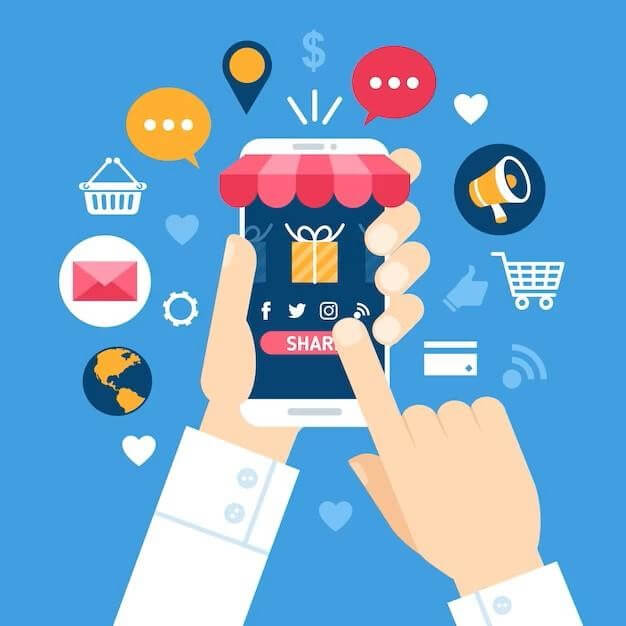All About Social Selling and How to Do It Right with Payment Links
In the age of social media, businesses need to keep up with changing consumer behavior and preferences. One of the most effective ways to reach customers is through social selling. It is the process of using social media to build relationships with potential customers and ultimately make sales. It’s a modern approach to selling that focuses on building trust and credibility rather than hard selling. Social commerce payment platforms can be a powerful tool to help businesses implement social selling strategies and streamline the payment process for their customers. In this article, we’ll dive into the benefits of social selling with payment links and how to do it right.
The Benefits of Social Selling with Payment Links
● Streamlined Payment Process
Social selling with payment links streamlines the payment process for customers. With payment links, customers can make purchases directly from social media platforms without navigating to a separate website or payment portal. This simplified payment process can reduce friction and increase conversion rates, making it easier for customers to complete purchases. The simplified payment process can also save businesses time and resources, as they no longer need to set up complex payment systems or integrate with third-party payment processors.
● Improved Customer Experience
Payment links can be customized to match the look and feel of the business’s social media profiles, providing a consistent brand experience for customers. By providing customers with a convenient way to make purchases, businesses can enhance the overall customer experience. The improved customer experience can help build customer trust and credibility, leading to increased loyalty and repeat business.
● Simplified Payment Process for Businesses
Through social commerce payment platforms, payment links can be created with just a few clicks and shared directly on social media platforms. This eliminates the need for businesses to set up complex payment systems or integrate with third-party payment processors. Simplifying the payment process can save businesses time and resources, making it easier to conduct transactions.
● Increased Conversion Rates
The simplified payment process and improved customer experience can lead to increased conversion rates. Businesses can increase the likelihood of making a sale by reducing friction and providing a convenient way for customers to make purchases. Higher conversion rates can ultimately lead to increased revenue for businesses.
● Building Trust and Credibility
Building trust and credibility is an important benefit of social selling. Businesses can establish trust and credibility with potential customers by providing a streamlined payment process and a personalized approach to customers. This trust can be built by providing a seamless buying experience that is consistent across social media platforms, websites, and payment processes. When customers have a positive experience with a business, they are more likely to trust that business and return for future purchases. Additionally, payment links can help businesses demonstrate their commitment to providing customers with a modern and convenient buying experience. By leveraging payment links, businesses can show that they understand and respond to the needs of their customers, which can increase customer loyalty and satisfaction.
Also Read: Ready for the Next Wave of Social Commerce? 4 Trends to Track
How to Use Payment Links for Social Selling
Payment links are a convenient and effective way to streamline the payment process for social selling. Here are some tips on how to use payment links for social selling:
● Choose a Payment Link Provider
First, businesses need to choose a payment link provider. You can choose from vendors like PayTabs, PayPal, Stripe, and Square. Businesses should choose a provider that is easy to use and integrates well with their social media platforms.
● Create Payment Links
Once a payment link provider is selected, businesses can create payment links for each product or service they offer. Payment links should include the product description, price, and a call-to-action to encourage customers to make a purchase. Payment links should also be visually appealing and match the branding of the business.
● Share Payment Links on Social Media
After creating payment links, businesses can share them on their social media platforms, including Facebook, Twitter, and Instagram. Payment links should be shared alongside engaging content that provides value to potential customers, such as product demos, customer testimonials, or educational resources.
● Respond to Customer Inquiries
When customers make purchases through payment links, businesses should respond promptly to any inquiries or issues that arise. This includes confirming orders, providing shipping information, and addressing any concerns or questions customers may have.
Tips for Effective Social Selling with Payment Links
Social selling with payment links can be a powerful tool for businesses to drive sales and build customer loyalty. Here’s how:
● Choose the Right Social Media Platforms
Not all social media platforms are created equal when it comes to social selling. Businesses should choose platforms that align with their target audience and product offerings. For example, businesses selling fashion or beauty products may find more success on Instagram, while those selling professional services may find LinkedIn to be a better fit.
● Use High-Quality Visuals
Visuals are a key component of social media marketing and can significantly impact engagement and conversion rates. Businesses should use high-quality visuals to showcase their products and services and capture the attention of potential customers. This includes using professional product photography, videos, and animations.
● Provide Value to Potential Customers
In addition to promoting products and services, businesses should provide value to potential customers by sharing educational content, helpful tips, and other resources that align with their interests and needs. By providing value, businesses can build trust and credibility with potential customers, increasing the likelihood of making a sale.
● Personalize the Customer Experience
Personalization is a powerful tool for driving sales and building customer loyalty. Businesses can personalize the customer experience by addressing customers by name, providing customized recommendations, and tailoring marketing messages to their interests and needs. Payment links can be personalized with customized product descriptions and branding, further enhancing the customer experience.
● Monitor and Respond to Customer Feedback
Social media provides a valuable opportunity for businesses to receive feedback from customers in real-time. Businesses should monitor social media platforms for customer feedback and respond promptly and professionally to any concerns or issues that arise. This can help to build trust and credibility with customers and increase the likelihood of repeat business.
Also Read: Paymes: Social Commerce Made Easy!
Conclusion
Social selling is a powerful tool for businesses to reach potential customers and build relationships. By using payment links, businesses can simplify the payment process and increase the likelihood of making a sale. By creating a streamlined experience for customers, businesses can improve the overall customer experience and build trust and credibility. Businesses should choose the right social media platforms to use payment links effectively, create engaging content, and personalize their approach to each customer. By integrating payment links into their social selling strategy, businesses can take advantage of the benefits of social selling and increase their chances of success.
Integrating payment links in social selling campaigns allows businesses to reach potential customers and streamline the payment process. Social commerce payment platforms like Paymes by PayTabs are a boon for freelancers and micro businesses that are predominately present on different social media channels. Such payment platforms allow businesses to get paid via links, QR codes, or in the store and also help them set up an eCommerce site for easily selling their products or services.

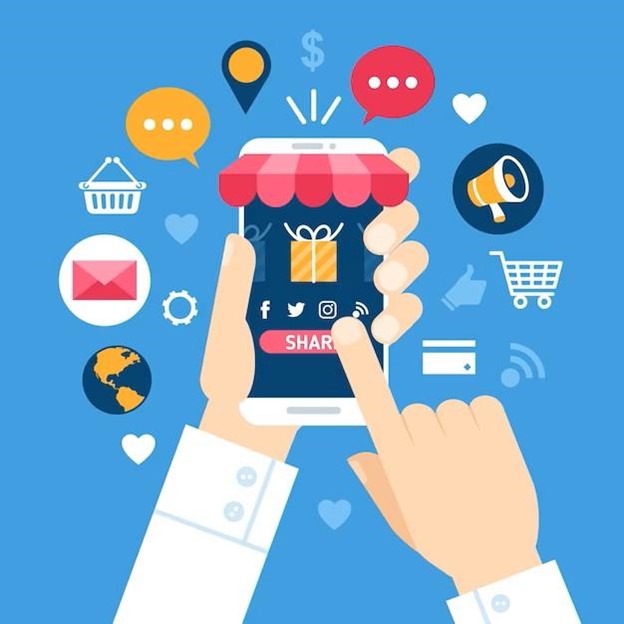


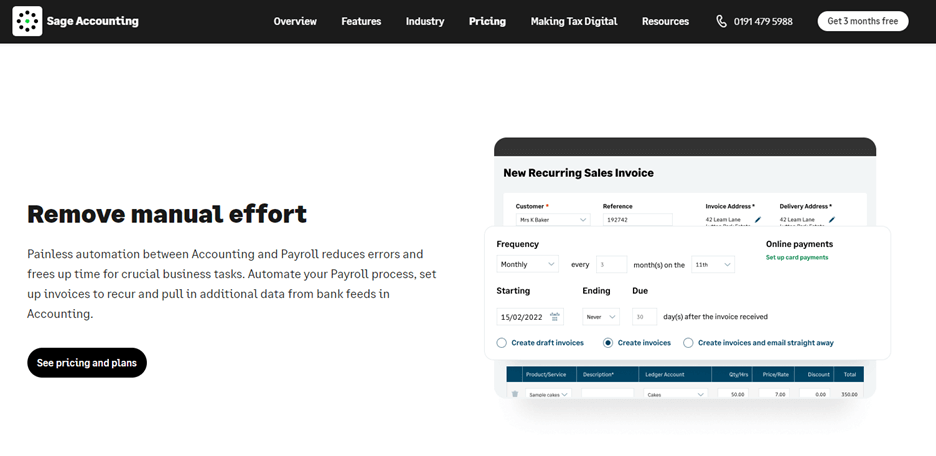

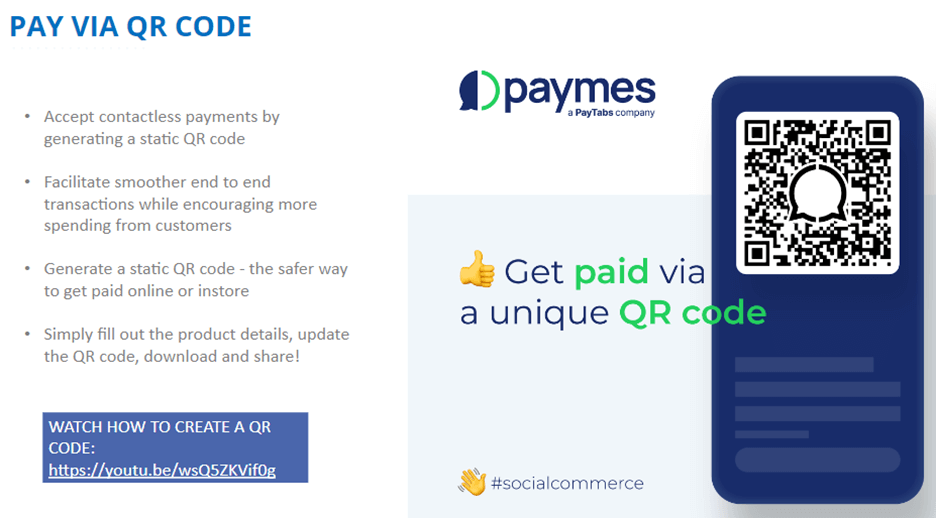


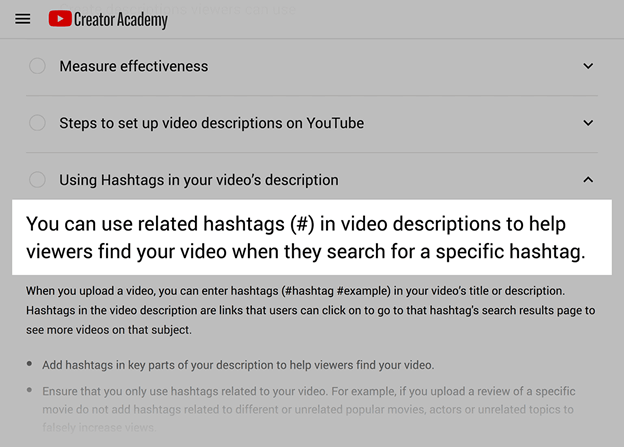
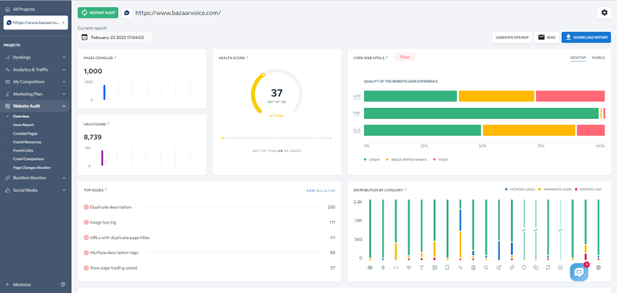
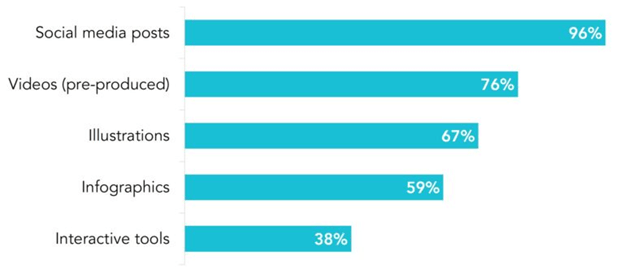

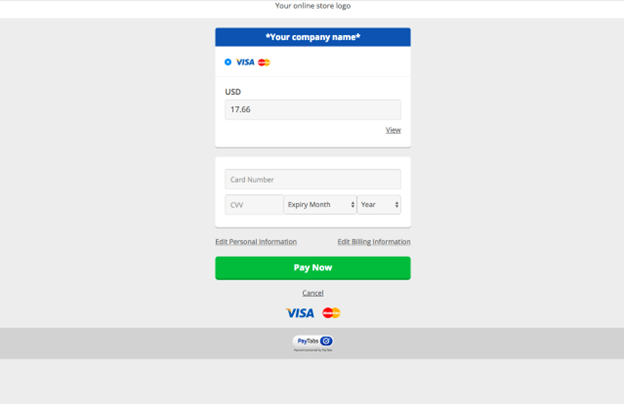
 Conrad
Conrad